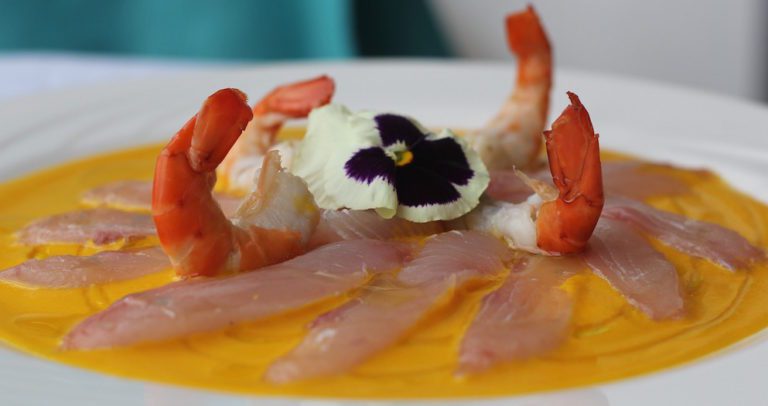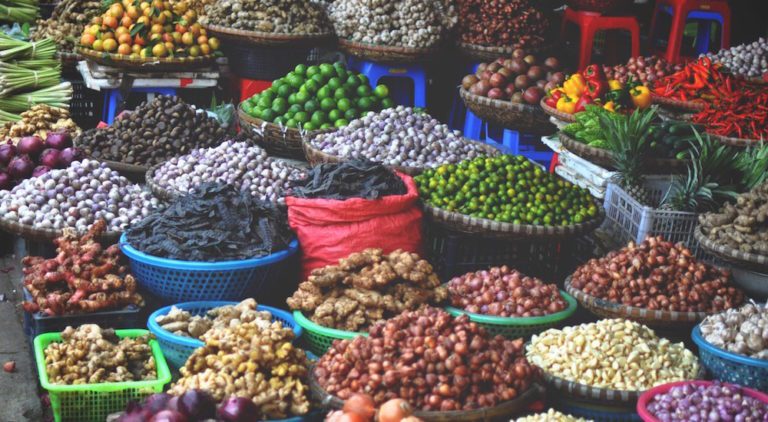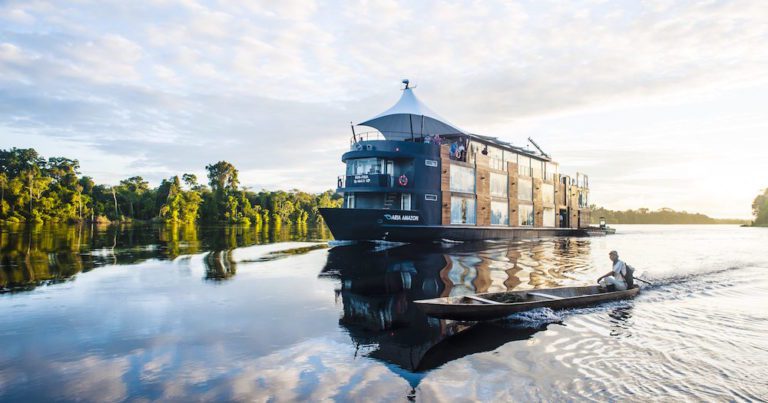We all know Machu Picchu, the land of the Inca’s and have seen those incredible photos of travellers who have braved their souls to scramble up Huayna Picchu for that birds eye view over the ruins, but now that there are even further restrictions being placed on Peru’s number one site,
Here are six ways you can venture a little further beyond ‘The Gringo Trail’ and head off beat to uncover the forgotten side of Peru.
1. CHAN CHAN ARCHAEOLOGICAL COMPLEX

Credit: Luis Yupanqui / PromPerú
This is the largest mud city of the Americas and the most important city of the Chimu culture, which has an area of approximately 20 square kilometres.
Its central area is formed by a group of 10 walled premises called ‘citadels’ and other independent pyramids. The rest of the complex is composed of several small structures, sidewalks, canals, walls and cemeteries.
2. DISCOVER THE MYSTERY OF THE ORNATELY TATTOOED 1,600 YEAR OLD MUMMY

Credit: Michael Tweddle / PromPerú
In the Valley of Chicama, located 50km north of Trujillo, there is the archaeological complex of El Brujo which dates back to the Mochica culture.
The capital National University of Trujillo and the National Institute of Culture began a joint dig here in 1990. They discovered the ‘Huaca Cao highlights’, pyramids reaching up to 50m in height with decorated walls and coloured reliefs that depict complex scenes, characters and geometric designs. These are the only examples known to relate to the Mochican culture.
The mystery of the ornately tattooed 1,600 year old mummy which was unearthed in the archaeological complex continues. Preserved for centuries thanks to a meticulous treatment and ancient ritual that included the application of cinnabar, a red mineral that inhibits decomposition of the skin and tissues.
3. BE CLEANSED BYA SHAMAN

In the village of Tucume Viejo, meet one of the most renowned Shamans of the north of the Chiclayo region. You will meet in one of the rooms of the shamans home, which is near an archaeological complex, appropriate for the mystical atmosphere required.
At midnight, you will start to live a mystical experience with a session of quackery, where you will go through a bath of flourishing and cleansing, to expel all the negative energy through the use of natural herbs and hallucinogens. The session lasts all night until dawn.
4. WORK THE FIELDS WITH REMOTE COMMUNITIES IN THE SACRED VALLEY

Visit Huayllafara Community, where you will be welcomed with a ‘tinka’ – a symbolic benediction to Mother Earth to thank her for this new day and spending it with kindred people from different cultures.
Join in with the local villagers to cultivate their fields. Learn the connection between man and the Andean agriculture, passed down through generations. By using ancestral tools such as the chaquitaclla, cuti, and lampa – understand the relationship between community villagers and the surrounding Andean Universe.
5. TREK THROUGH THE VALLEY OF PALOMICHAYOC

Credit: Nina Karnikowski
Descend to Ausangatecocha lagoon and take in the amazing sight of the southern part of the ‘Apu’ ice floe, which is sure to inspire you while trekking.
Most people do not think of Peru having ice floes!
Continue trekking through the unusual reddish sandy formations that belong to ‘Inca’s Snow Peak’ and overnight at Anantapata Tambo, close to a spectacular mountain.
6. BE PART OF A LLAMA CUSTOMS CONSERVATION PROJECT

Home to 54 native Quechua speaking families dedicated to agriculture and animal pasturing, Canca-Cancha is a community of Peruvian llama breeders nestled in beautiful mountains at 3,954 metres above sea level. These families all have rich cultural backgrounds that are on the verge of disappearing as most are forced to work in cities away from their hometowns to be able to provide for their community.
With family owned llamas only being used once or twice a year, mostly to transport potato seeds, taking part in this conservation project provides an opportunity for them to use their llamas throughout the year and encourages sustainable business within the community.
Join the Llama Pack Project and enjoy breath-taking surroundings as you trek ancestral trail routes. Take in the awe inspiring views of glaciers and be welcomed into the highland homes of the local Chana Chana people.
This is your opportunity to be an active part of a Llama customs conservation project that works to recover the traditional uses and breeding of carrier llamas as a tool for sustainable rural development, as well as conservation of mountain ecosystems, generating long-term sustainable development within neighbouring communities in the Sacred Valley of the Incas.
This article was brought to you by Lisa Pagotto, Founder & Director, Crooked Compass. For more information on how you can uncover the forgotten Peru, visit www.crooked-compass.com.





